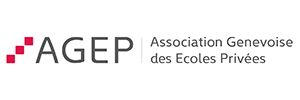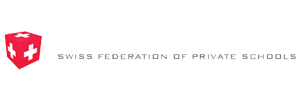During the first three years, children aged 3 to 5 alternate languages every week. There’s always a short phase of adaptation to the new language. It varies from child to child and can last from two weeks to 3-4 months.
During this period, we give the children lots of attention and patience. We have many strategies to help each child, such as asking another child to rephrase what has just been said.
We encourage teachers not to translate. If the child speaks neither French nor English, we make sure that he or she can meet “buddies” from other classes who speak his or her mother tongue, during the class’s recreational time.
After this stage, understanding comes quickly and we encourage your child to communicate progressively in the new language. Talking isn’t easy, because you have to be confident and take risks. That’s why we always let them express themselves freely, accepting language mixtures: “Today, Hélène m’a poussé in the playground”. This mixture is crucial to the development of oral language in young children.
Reading and writing are more technical, but children quickly understand how to use skills acquired in one mother tongue and apply them in the other. Our pupils become excellent readers using reading strategies from both languages and have a rare literary understanding.



